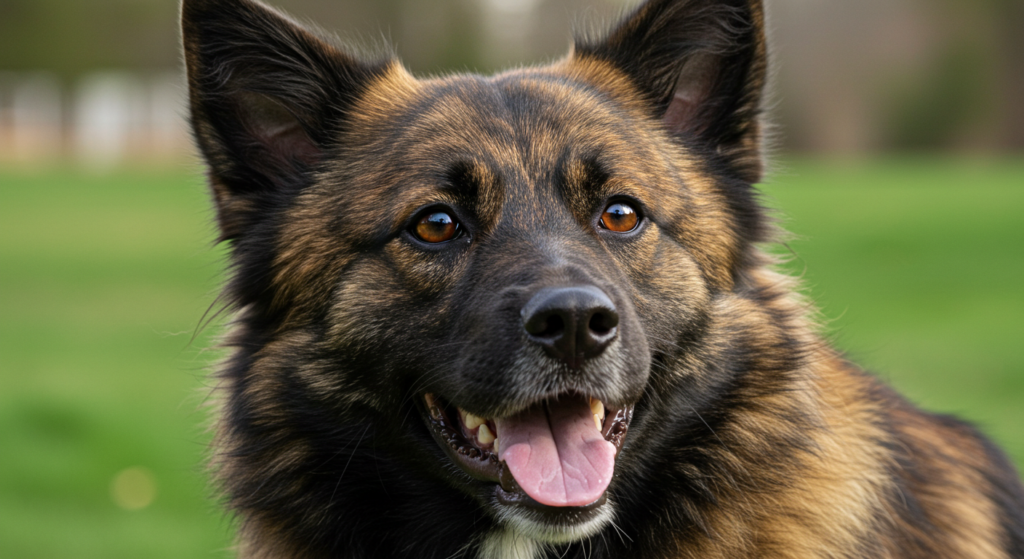Table of Contents
- Introduction
- Signs and Symptoms of Seasonal Allergies in Pets
- Common Triggers of Seasonal Allergies
- How to Manage Seasonal Allergies in Pets
- Medical Treatments
- Dietary Adjustments
- Environmental Changes
- Prevention Tips for Seasonal Allergies
- Conclusion
- FAQs

Signs and Symptoms of Seasonal Allergies in Pets
Pets with seasonal allergies often exhibit a range of symptoms. Recognizing these signs early can help you take action before the condition worsens. Common symptoms include:
- Excessive itching or scratching
- Red or inflamed skin
- Sneezing or coughing
- Watery eyes or nasal discharge
- Ear infections or head shaking
- Chewing or licking paws
If your pet displays any of these symptoms, it’s important to consult your veterinarian for a proper diagnosis.
Common Triggers of Seasonal Allergies
Seasonal allergies in pets are typically caused by environmental allergens. Some of the most common triggers include:
- Pollen from trees, grasses, and weeds
- Mold spores
- Dust mites
- Flea bites (which can worsen allergic reactions)
Understanding these triggers can help you take steps to minimize your pet’s exposure.
How to Manage Seasonal Allergies in Pets
Managing seasonal allergies in pets requires a multi-faceted approach. Here are some effective strategies:
Medical Treatments
- Antihistamines: These can help reduce itching and sneezing.
- Corticosteroids: Prescribed for severe inflammation and itching.
- Immunotherapy: Allergy shots or oral drops to desensitize your pet to specific allergens.
- Topical Treatments: Medicated shampoos or sprays to soothe irritated skin.
Always consult your vet before starting any medication.
Dietary Adjustments
- Hypoallergenic Diets: These can help reduce allergic reactions caused by food sensitivities.
- Omega-3 Fatty Acids: Found in fish oil, they can help reduce inflammation and improve skin health.
- Probiotics: Support gut health and boost the immune system.
Environmental Changes
- Regular Bathing: Rinse off allergens from your pet’s fur and skin.
- Frequent Cleaning: Vacuum and dust your home to reduce allergens.
- Air Purifiers: Use HEPA filters to remove airborne allergens.
- Limit Outdoor Time: Keep your pet indoors during peak pollen hours.
Prevention Tips for Seasonal Allergies
Preventing seasonal allergies in pets involves proactive measures:
- Groom Regularly: Brush your pet’s coat to remove allergens.
- Wash Bedding: Clean your pet’s bedding frequently.
- Check for Fleas: Use flea prevention treatments to avoid allergic reactions.
- Monitor Pollen Counts: Adjust outdoor activities based on allergen levels.
Conclusion
Seasonal allergies in pets can be challenging, but with the right approach, you can help your furry friend feel more comfortable. By recognizing the symptoms, identifying triggers, and implementing a combination of medical treatments, dietary changes, and environmental adjustments, you can effectively manage your pet’s allergies. Always consult your veterinarian for personalized advice and treatment options.
FAQs
1. Can pets develop seasonal allergies suddenly?
Yes, pets can develop allergies at any age, even if they haven’t shown symptoms before.
2. Are certain breeds more prone to seasonal allergies?
Yes, breeds like Bulldogs, Golden Retrievers, and Terriers are more susceptible to allergies.
3. Can I give my pet human allergy medication?
No, human medications can be toxic to pets. Always consult your vet before administering any medication.
4. How long do seasonal allergies last in pets?
Seasonal allergies typically last as long as the allergen is present, often peaking in spring and fall.
5. Can seasonal allergies in pets be cured?
While there’s no cure, symptoms can be managed effectively with proper care and treatment.
